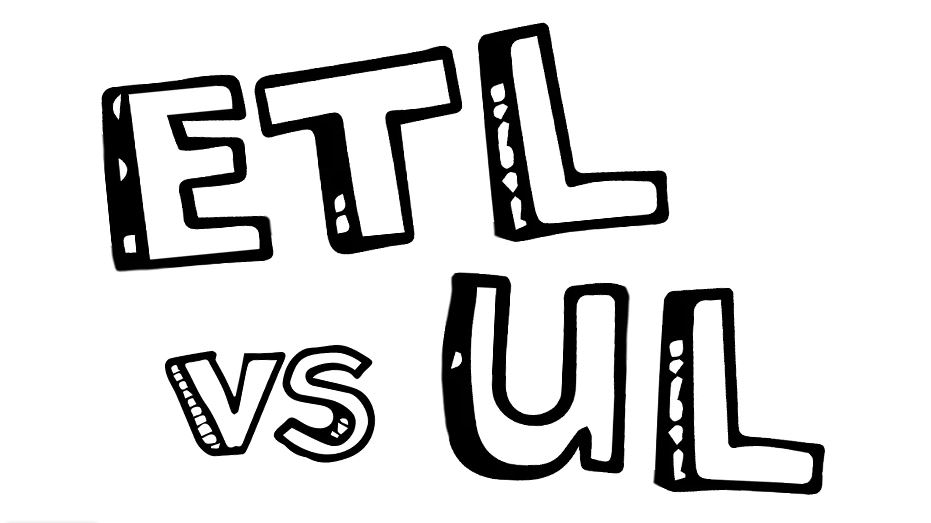- Your #1 Source for Network Cables. Call Now for Exclusive Offers!

When wiring a home or workplace for network access, the most crucial element is the product’s safety, not the network’s speed. Fortunately, product safety boards and testing laboratories ensure that cables have proven safe for use by customers. Small symbols or emblems on the package of the etl listed cables are used to identify them.
ETL and UL Listed Cables have become widespread on various technological items. In addition to the completion of a safety assessment and the right to use the corresponding mark of a given testing lab (UL Listed, ETL Listed.)
Businesses seeking safety marks for their products agree to get regular check-ins by the NRTL surveillance team to ensure that the cables continue to abide by the predetermined criteria and are consistent with end-to-end requirements.
But exactly, what do these safety symbols mean, and can ETL and UL cables draw from them?
The ETL Listed Mark, created by Thomas Edison’s Electrical Testing Labs (ETL), certifies that the cables meet universally accepted product safety standards. Electronically operated products with the ETL Mark have been tested and validated by a Nationally Recognized Testing Laboratory (NRTL).
Electrical Testing Laboratories (ETL) offer assurance, inspection, and certification services to various sectors. You’ll begin to recognize the little, round ETL mark on several items including Cat 5, Cat 5e, and Cat 6 cables.
It can be challenging to determine exactly how ETL qualifications distinguish one item from the next if you’ve not looked at them carefully.
Underwriters Laboratories (UL) established acceptable safety standards for electrical devices such as cables. Electrical items with the UL Listed and UL Classification Marks have undergone electrical testing, inspection, and certification standards and meet the “branded version” of IEC safety requirements.
It offers the certification; there is no technical difference between a UL-listed cable and an ETL-listed cable in terms of safety.
The UL certification ensures that the goods adhere to the strictest safety requirements. Cat 5e and Cat6 UL-certified cables from Vertical Cable are 100% produced. These cables are currently in stock and come in blue and white.
Each of these organizations’ certified labels may use on products that have been certified as adhering to the UL or ETL requirements. These labels are often applied to the cables themselves. The buyer can be confident that the product they are using satisfies the criteria for safety thanks to this label.
In conclusion, both UL and ETL testing methodologies have to grant safety which is responsible for setting up safety standards. Therefore, using a product with either spot will provide you peace of mind that what you’re installing in your house or workspace will not pose a safety risk.
ETL analyzes products against published UL Safety Standards; they fulfill the same standards as UL Listed. The fundamental distinction between UL and ETL products listed is that ETL doesn’t develop its certification criteria. UL creates standards used by other companies, such as ETL.
Copyright © 2024 TS Cables – All Rights Reserved
